Reflections on Launching an After-School Art Program for Kids
- LeAnne P

- May 29
- 5 min read
Starting my after-school art program was both exciting and uncertain. I wondered if the kids would enjoy the activities and if they would lean into the challenging lessons I had planned for them. As an art teacher, I understand how vital creativity is for children, but turning my vision into a successful program felt overwhelming at times. By the end of our first month, I was overjoyed to see it flourish! In this post, I’ll share memorable experiences, lessons learned, and visuals from our journey.
The Vision Behind the Program
My desire to create an after-school art program stems from a life-long passion for art and a commitment to providing kids with an educational space to explore creativity. I aimed to cultivate an environment that encouraged growth through acquisition of skills and authentic self-expression.
It is well known that engaging in art and other extracurriculars can boost children’s confidence and resilience. I wanted to help kids discover their artistic talents, yes, but more so their ability to overcome challenges. I wanted for them to build confidence - to see their creative vision, bring it into physical being, and navigate all of the uncertainty and the magic of creating.
I envisioned longer lessons with professional materials, detailed one-on-one instruction, and exciting mediums that we are unable to use in a larger classroom setting. My goal was to provide a well-rounded and supportive exploration of their artistic potential.

Planning the Curriculum
Creating a diverse and engaging curriculum was one of the most fulfilling parts of my preparation. To me, it was crucial to include different art forms such as painting, jewelry making, architecture, sewing, and fashion design. Each month featured a unique theme, allowing students to explore different styles and mediums.
Through my own life-long exploration of the arts, I have discovered the importance of being well-rounded and adaptable through many practices. As an example, having the ability to paint and the experience of fashion design can open new avenues for creative combinations. Learn how I turned my watercolor paintings into clothing and home decor.
When developing this curriculum, I drew inspiration from versatile local artists like Sunflowerman (who paints men's fashion), and my own experiences as a young artist in art classes and summer camps. It was fun to recall and recreate some of my favorite projects as a kid. In the development phase, I also consulted with AI to help me reason through the lesson plans, material needs, and logistics. For those interested in creating a program like this in your community, this is an essential tool that can help you sort out the necessities AND help you translate complex concepts into relatable themes. Both of which can truly enhanced your curriculum.
Engaging the Kids
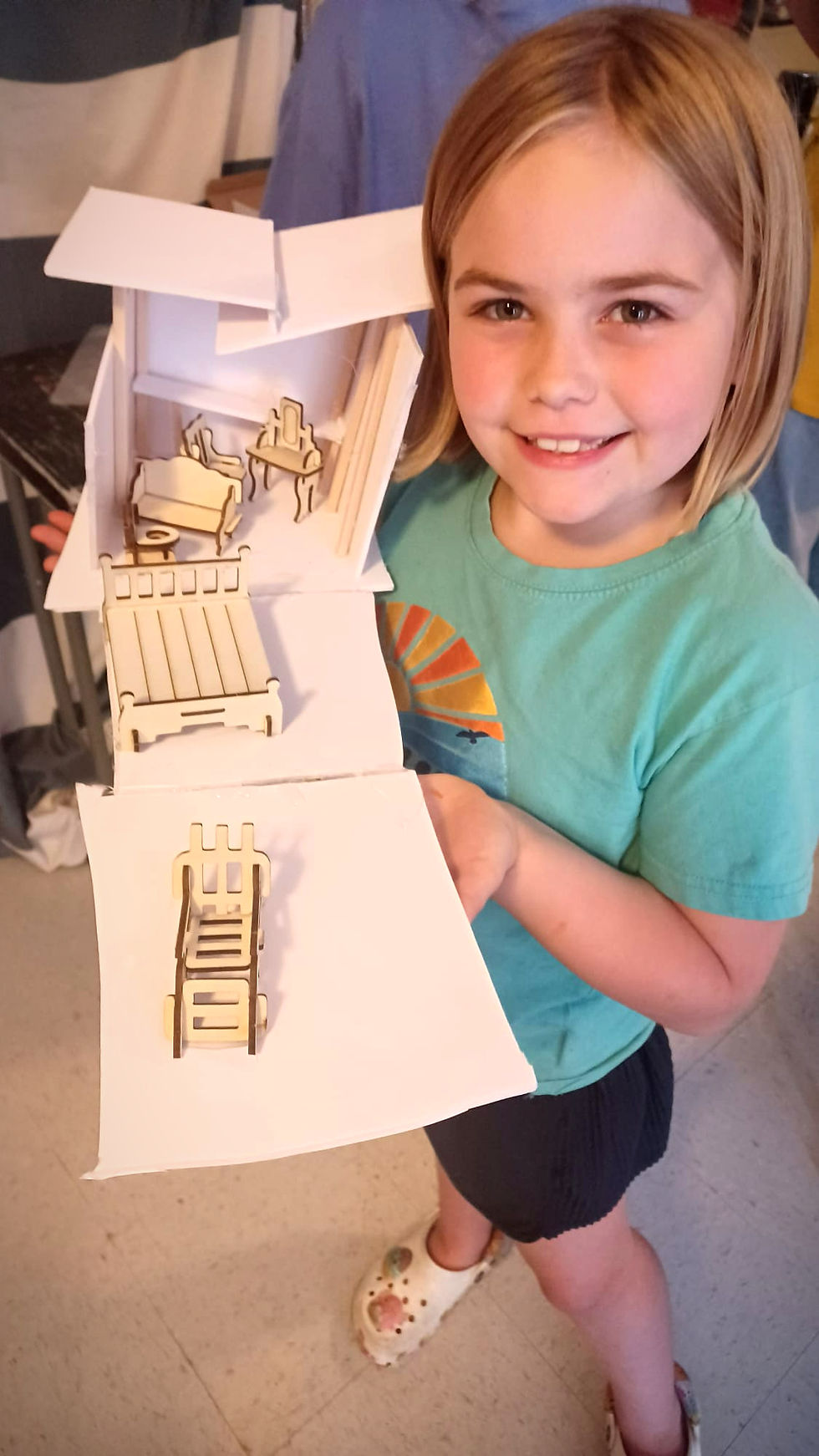
From day one, the energy in the room was incredible. The kids were enthusiastic and ready to explore their creativity. I was amazed at how quickly they engaged with the activities, pouring their hearts into their creations. The laughter, conversations, and “wow” moments created a magical atmosphere that made all the effort worth it.
A standout moment was during our “Build Week” in the Architecture & Design Concepts program. Through the earlier part of the month, we learned how to create blueprints using shapes, angles, and (to the dismay of some) mathematics. Despite the initial resistance to the aspect of numbers, the students' creativity began to flow as they mapped out their imaginary structures. Watching them transform their drawings into 3-dimensional form was incredibly rewarding. I could sense their feelings of achievement as they overcame building obstacles with creative solutions.
Reflecting on Challenges
Although the program was largely successful, it had its challenges. I quickly discovered that each child expressed creativity differently, even when given a specific prompt. Some children required more individualized instruction, while others immediately understood the task at hand and were ready to get hands-on with their ideas. Creating a productive and encouraging environment for all learning styles took some adjustment.

Managing age gaps and varying skill levels was another hurdle. I decided to host my classes for grades 2 through 8. This proved to be quite a difference in age, which resulted in an equally sized gap in experience and previously acquired skills. To overcome this, I kept lesson schedules flexible enough to allow for one-on-one time with each student. As we progressed, the older and younger kids naturally collaborated, fostering a sense of teamwork and support. Not only did this enhance their artistic abilities, but it also built lasting confidence and comradery within our community.
Showcasing the Artwork
As the program unfolded, I wanted to recognize and celebrate the students' achievements. They were so proud to show off their hard work and creations after each lesson, when their guardians came to pick them up. In retrospect, I would love to organize an art show at the end of our next season, allowing parents and friends to appreciate the time and growth behind each work of art. To have a display of everything our students go through in their creative processes. This event would not only boosted the kids' confidence, but also reinforced the truth that their hard work is valuable and worthy of recognition.
This is something that time and my own inexperience did not allow for during this season. But each time we see a new possibility, we give ourselves a path to grow into that potential.
Future Aspirations
Looking back on this journey fills me with excitement for what lies ahead. I am already brainstorming new ideas for future sessions, including a Fantasy Land Summer Art Camp (Fort Worth, July 2025), birthday party art activities, and genre-specific small group lessons. This month, I have begun partnering with other experienced artists and local businesses to expand the vision and scope of possible student-led projects (more details to come)!
I also plan on sharing detailed info in future blog posts, providing insights for young artists, parents, and fellow art teachers. The entirety of this beautiful community plays a crucial role in supporting our mission to enrich our children’s lives through art. This is my way of giving what I can to all who have supported this vision.
Final Thoughts
Launching an after-school art program has been challenging in unexpected ways (...Where do I store all the boxes of reusable materials?! How do I pick up a thousand spilled beads?! Can I trust kids with hot glue guns and sharp objects?!) - But it has also been one of the most enriching experiences of my career. Seeing kids unleash their creativity and watching their confidence grow reassures me of the power of art for self-development and creative outpouring.
As I reflect on this undertaking, I am grateful for the vibrant atmosphere we built together and I am so deeply touched by all of the support shown to me by our families and our incredible host school, Mosaic Academy Fort Worth. To those who went above and beyond to help me clean up, to donate tools and materials, to give freely of their own experience and time, to encourage me through sharing their children's enthusiasm - THANK YOU. We truly did this together. If you’re an art teacher or parent considering after-school activities, I encourage you to explore how art lessons can benefit children. The possibilities for creativity are endless and the rewards are immeasurable.
Thank you for joining me on this journey. I look forward to sharing more insights and experiences in the future! Stay tuned for detailed lesson explorations in my upcoming posts!








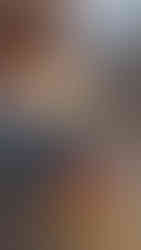


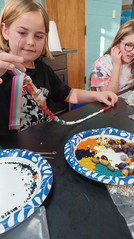


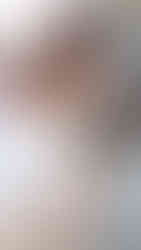

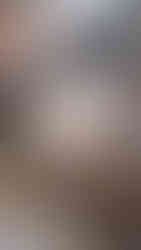







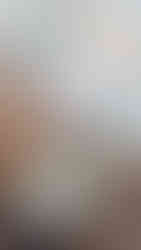

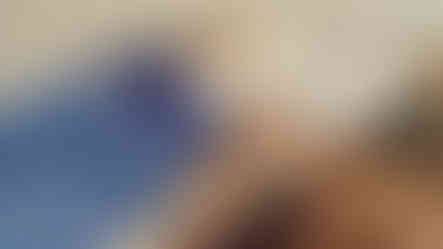


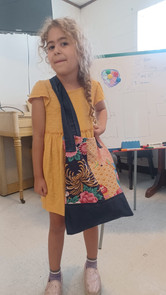


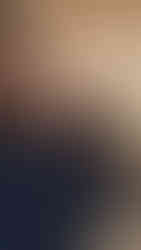


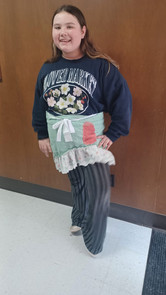
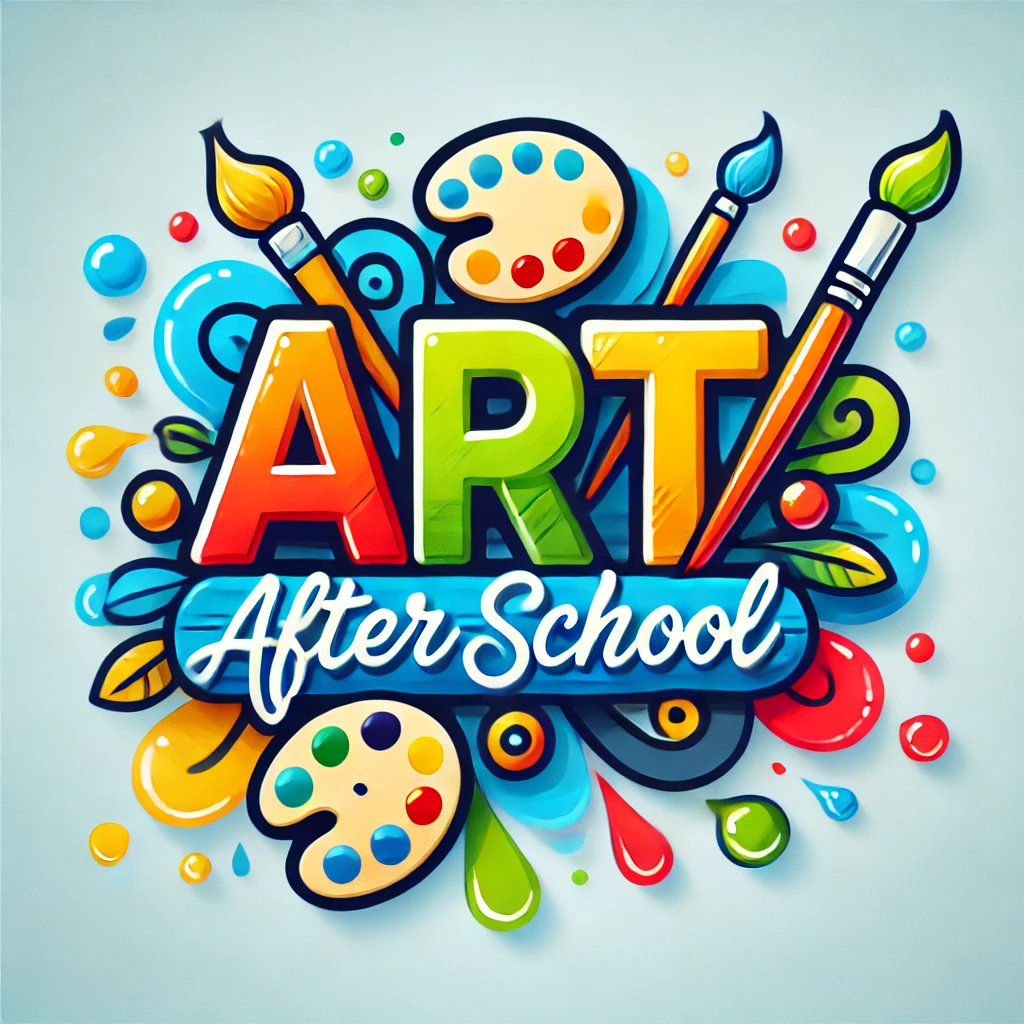

Comments